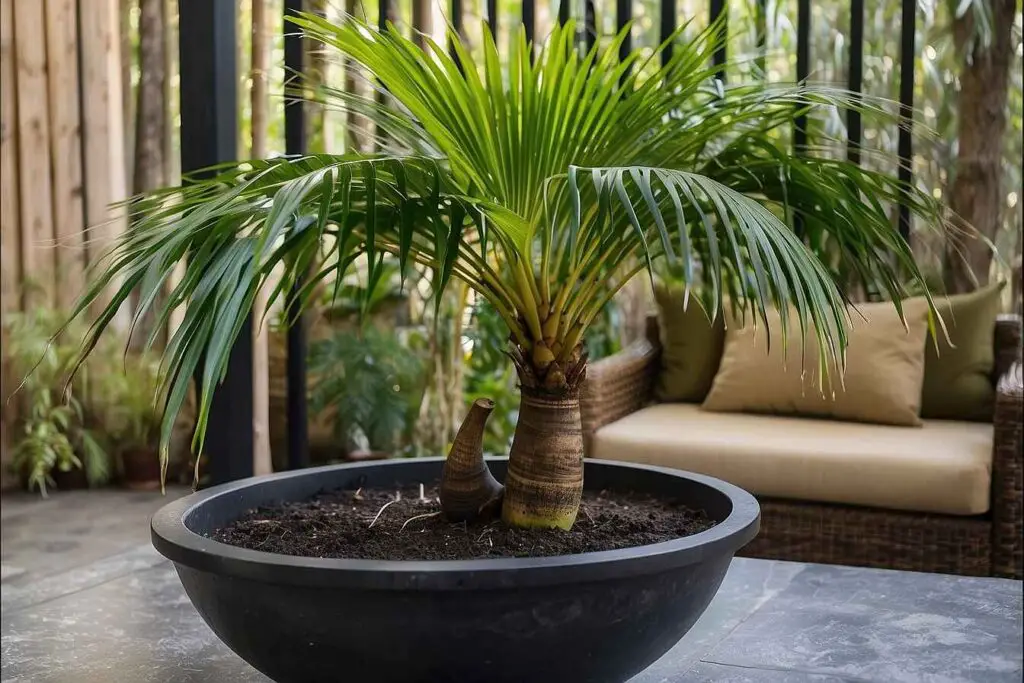Envision the greatness of the Poaceae family, the scientific name for grasses. It’s more than just regular grass; it includes important crops like wheat and barley. Amidst the green kingdom lies a common dilemma: mistaking weedy imposters for wheat. Especially during flowering or seeding phases.
This article explores how to spot and manage sneaky invaders – weeds that look like wheat – in our yards. Let’s start a journey to tell apart the good and bad plants and take back the beauty of our yards and gardens.
How To Identify Wheat
Common wheat, or Triticum aestivum, reflects thousands of years of farming and innovation. This staple cereal grain is revered for its versatility and significance. It traces its origins to the cradle of civilization.
Common wheat looks strong with long stems and lots of green leaves. However, it is the distinctive ‘ears’ that truly define its identity. These seed heads are called wheat heads. They have many small grains in long spikelets. This unique form looks like a tiny bundle of wheat and sets common wheat apart from other grasses like it.
Thus, to spot common wheat among the green plants, pay close attention to the details. To confidently take care of your garden, pay close attention to wheat’s details. Distinguish weeds that look like wheat to maintain your lawn’s health and appearance.
Grassy Weeds Resembling Wheat
Whenever I hear someone compare a weed to wheat, I automatically assume that they are speaking of grassy weeds as opposed to broadleaf ones. (Things like clovers and dandelions are examples of broadleaf weeds.)
Grassy weeds are difficult to eradicate since they can readily pass for lawn grass. Until they start to plant blooms and seed heads that tower over the remaining grass, many homeowners are unaware of these unpleasant guests.
1) Quackgrass
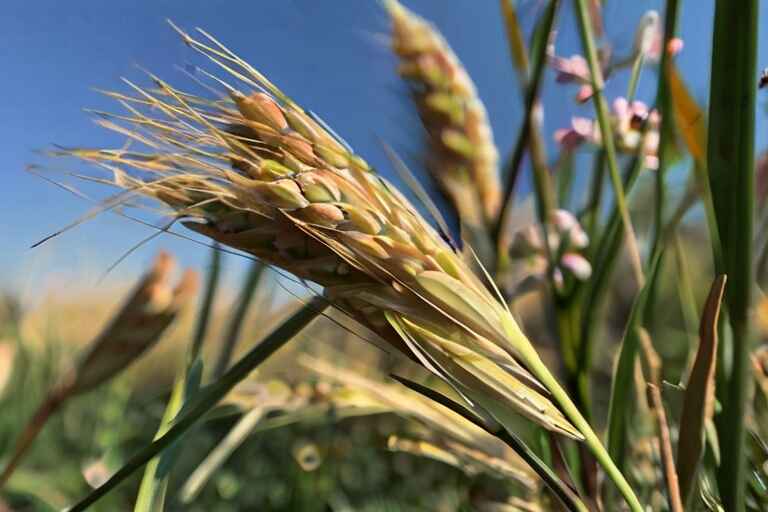
Among the difficulties posed by plants resembling wheat, a common invader is Quackgrass. This unending weed usually pretends to be wheat because of its tricky seed pods. Quackgrass, a pesky perennial plant, looks like wheat but is smaller. It camouflages well in lawns and gardens, causing trouble.
To fight against the invasion of Quackgrass and protect our green areas, we need to take action. Using both pulling out and special plant sprays is the best way to stop this tough invader. By removing Quackgrass and using herbicide, we can restore balance outdoors. “weeds that look like wheat” won’t overpower our landscapes.
2) Ryegrass
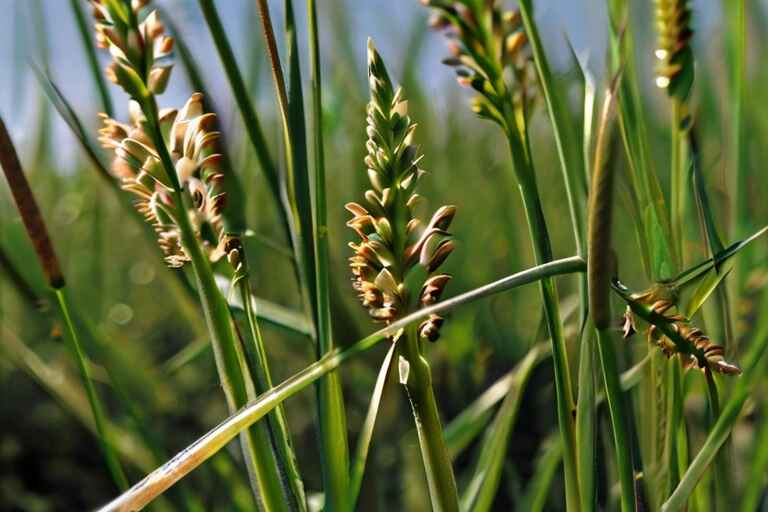
Among the array of “weeds that look like wheat”, Ryegrass proves to be a tough opponent. When Ryegrass grows, it looks like wheat seeds in tight clusters. This tiny grass invader easily spreads in yards and gardens, making it hard to spot. A tough challenge for careful observers.
We need to take action to stop Ryegrass from spreading and protect our land. Frequent mowing stops seeds from growing and spreading, keeping Ryegrass under control. Preemptive attacks with special plant sprays protect us, stopping Ryegrass before it spreads.
We protect our landscapes from Ryegrass and similar weeds with mowing and herbicides. This preserves the beauty of our outdoor spaces.
3) Yellow Foxtail
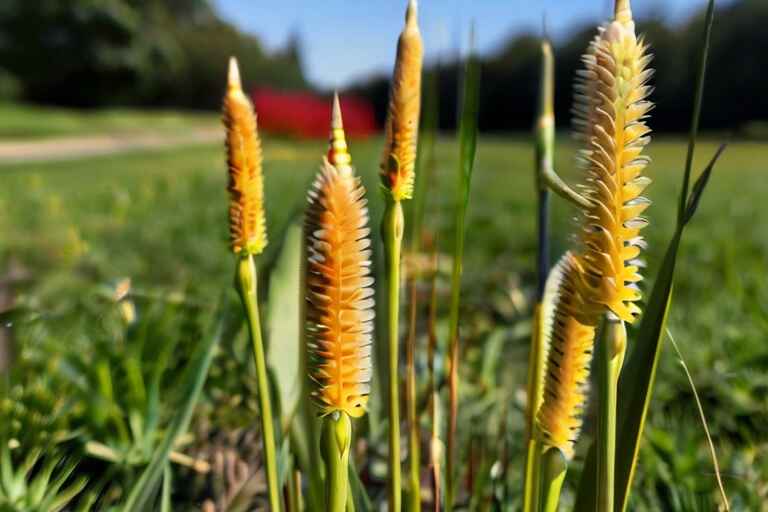
Yellow Foxtail, a weed that resembles wheat, commonly grows in lawns and gardens. Its spikes look like wheat, so it’s often mistaken in gardens and lawns.
To fight Yellow Foxtail spreading and protect our landscapes, we need strategic actions. We use multiple methods such as hand-pulling and herbicides to combat weeds. This protects our turf.
Embrace control strategies. Stay vigilant against “weeds that look like wheat.” Fortify landscapes for thriving greenery.
4) Dallisgrass
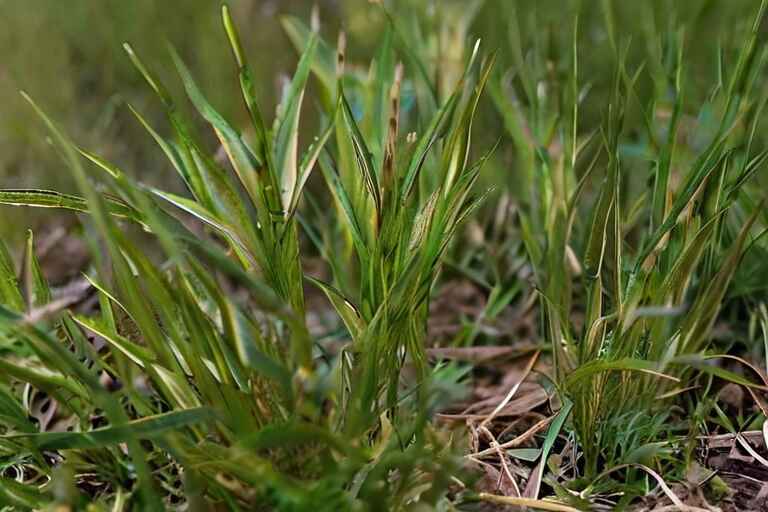
Among the roster of “weeds that look like wheat,” Dallisgrass is a stubborn weed. It grows fast and spreads quickly. It’s tough to control in lawns and gardens. This tough invader easily gets into lawns and gardens, making it hard for garden lovers.
To stop Dallisgrass spread and protect our outdoor spaces, we need a two-part plan. Keeping a lawn healthy helps stop Dallisgrass from taking over. Strategic herbicide use targets intruders at the roots and reclaims control over landscapes.
By using these management techniques and being alert to the arrival of “weeds that look like wheat,” we protect our outdoor spaces and make sure that their lush beauty isn’t tarnished by unwanted visitors.
5) Barnyard Grass
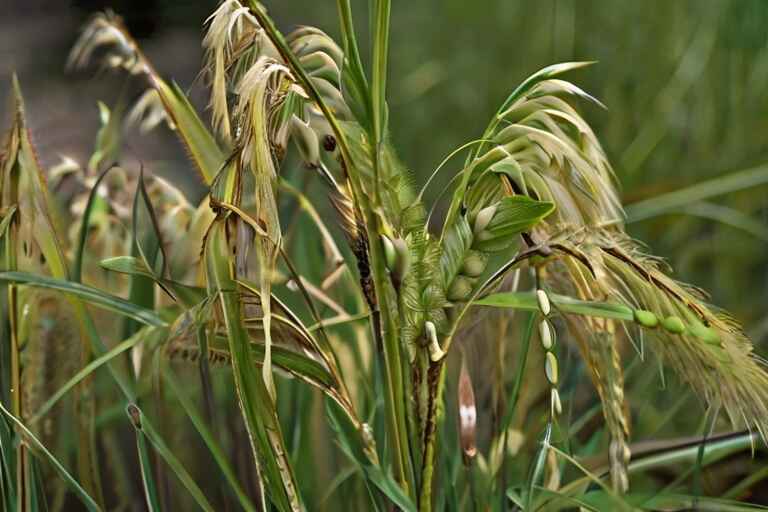
In fields and lawns, Barnyard Grass appears like wheat, growing well almost everywhere. Barnyard Grass has seed clusters that look like wheat, fooling landscape lovers.
To stop Barnyard Grass and keep our outdoor areas safe, we need a strategic plan. Using both pre-emergent and post-emergent herbicides stops intruders at different stages effectively. It helps prevent spread.
By using these methods of control and being on the lookout for “weeds that look like wheat,” we protect our landscapes and make sure that their lush beauty isn’t marred by unwanted visitors.
6) Feather Reed Grass
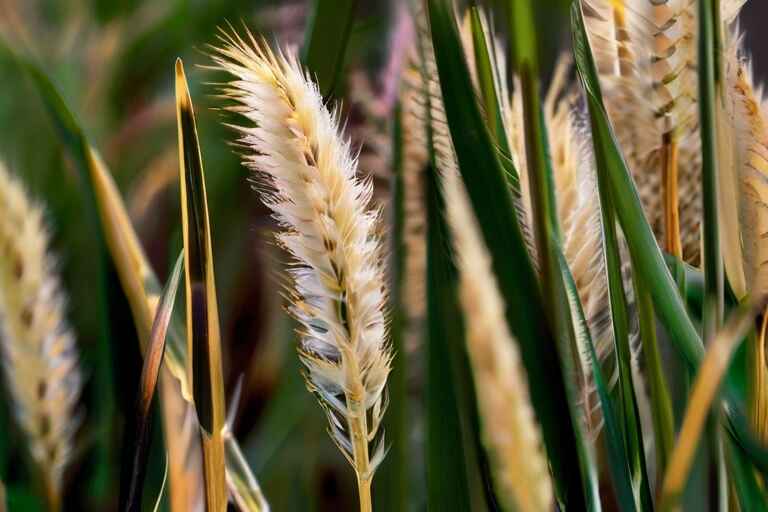
Amidst the landscape, there are some plants that resemble wheat. Feather Reed Grass looks like wheat but is used for decoration. Feather Reed Grass is not like common weeds. It is easier to handle because it has seeds that don’t grow.
We must reclaim our outdoor sanctuaries from Feather Reed Grass. Proactive measures are crucial to preserve landscape aesthetics. To remove this pretty grass, just dig or cut its roots carefully. This stops it from spreading and brings peace back to our outdoor spaces.
7) Wall Barley
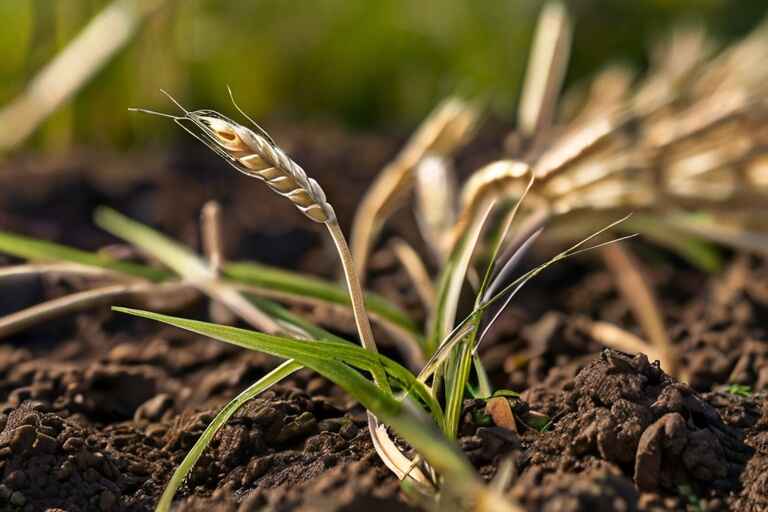
Amid fields with plant imposters, Wall Barley emerges each year in rough dirt spots. Wall Barley, with its smaller seed heads, makes it hard to keep our open areas beautiful.
Strategic action is crucial to control Wall Barley and restore our landscapes. Using both mowing and specific herbicides helps protect our outdoor spaces. It stops Wall Barley from spreading and keeps our landscapes healthy.
8) Hare Barley
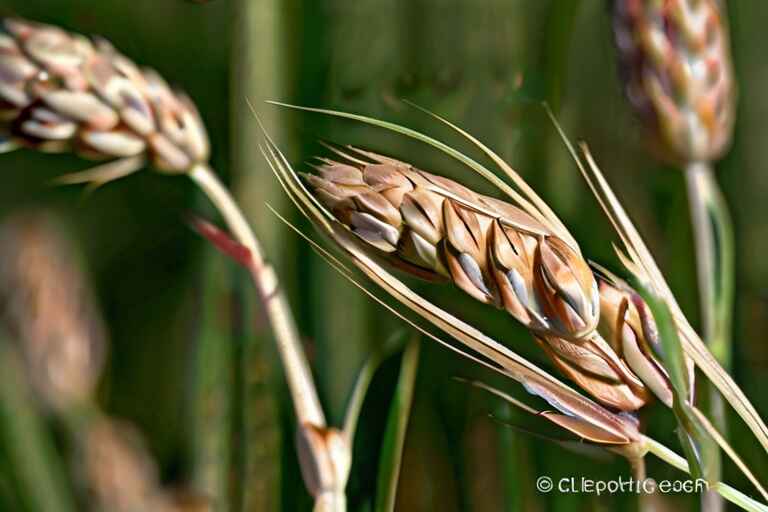
Among the cohort of “weeds that look like wheat,” Hare Barley (Hordeum murinum ssp. Hare Barley is very similar to Wall Barley. It has seeds on branches and likes to spread through different areas. This weed, like the others, makes it hard to keep our outdoor areas beautiful.
To keep our land healthy and beautiful, we need a strategy that mimics how we handle Wall Barley. This helps stop Hare Barley from taking over. Employ techniques like Wall Barley: mowing, herbicides. Defend against invaders, preserve greenery.
9) Feather Fingergrass
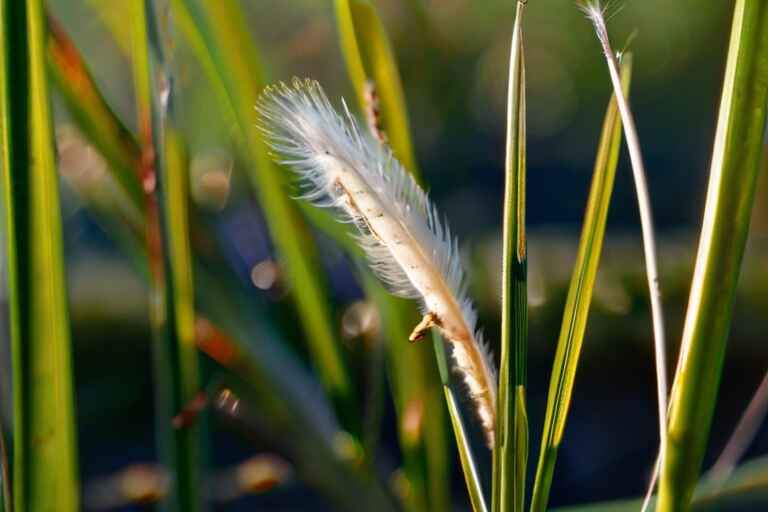
In the realm of “weeds that look like wheat,” Feather Fingergrass is a yearly intruder. It stands out with its seed heads resembling wheat tassels. This stubborn weed can grow in lawns and gardens, making it hard to maintain outdoor areas.
Proactive measures are vital. Combat Feather Fingergrass to preserve landscape beauty. Regularly mowing helps stop Feather Fingergrass from spreading by cutting it often. This process prevents seeds from forming and keeps the weed under control. Furthermore, using specific weed-killing chemicals strengthens our protection. We aim at the Feather Fingergrass roots to regain control of our outdoor spaces.
10) Johnson Grass
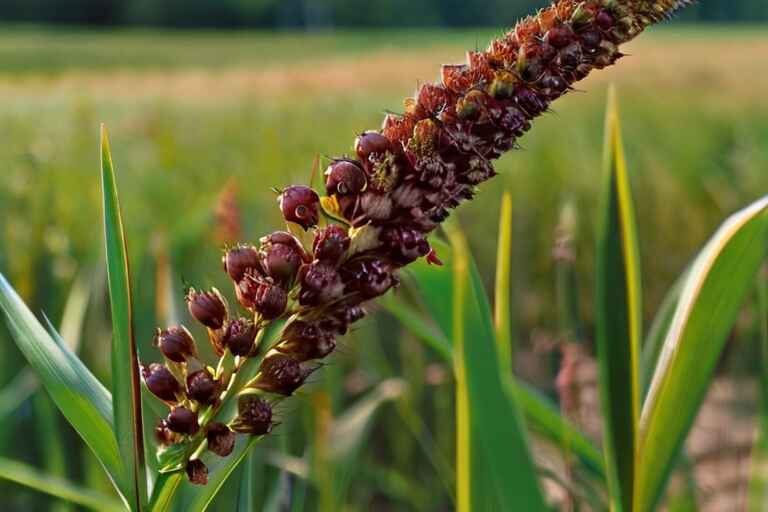
Johnson Grass is a formidable perennial intruder with clustered panicles and spreading habits. It’s recognized in the realm of weeds that mimic wheat. This tough weed makes it hard to keep our outdoor spaces looking beautiful.
To stop Johnson Grass from taking over and protect our landscapes, we need a smart plan. It’s crucial to act strategically. Regularly mowing our lawns acts as a basic defense against Johnson Grass. It helps stop it from spreading and growing panicles. Targeted herbicide kills Johnson Grass at roots, reclaiming control over outdoor spaces. Additionally, bolsters defense.
11) Yellow Nutsedge
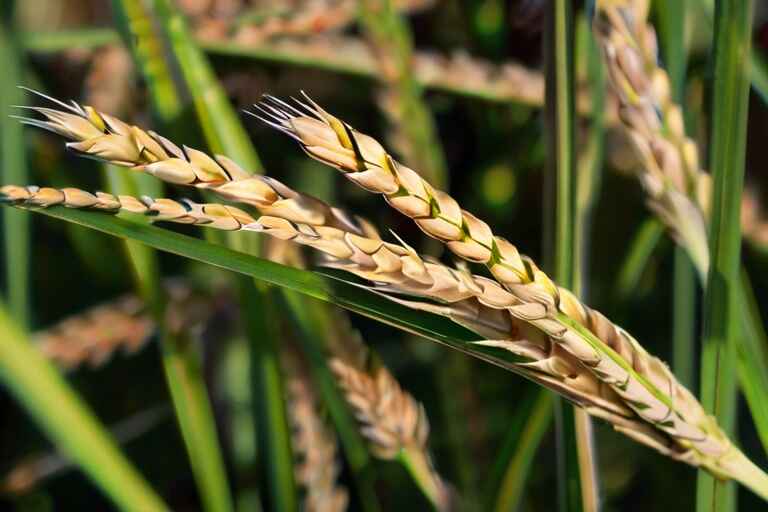
Yellow Nutsedge is a perennial plant that looks like wheat. People often confuse it with wheat because of its appearance. This relentless intruder poses a big problem for the natural beauty of our land.
To stop Yellow Nutsedge from taking over and protect our outdoor areas, we need to take action. Preventing the growth of this annoying plant by maintaining a healthy lawn is key. Removing Yellow Improving the lawn’s health helps defend against Yellow Nutsedge growth. It makes it harder for the weed to spread. Diligently hand-pulling Yellow Nutsedge targets the weed at its source. This effectively curbs its spread, reclaiming control over our landscapes.
12) Purple Nutsedge
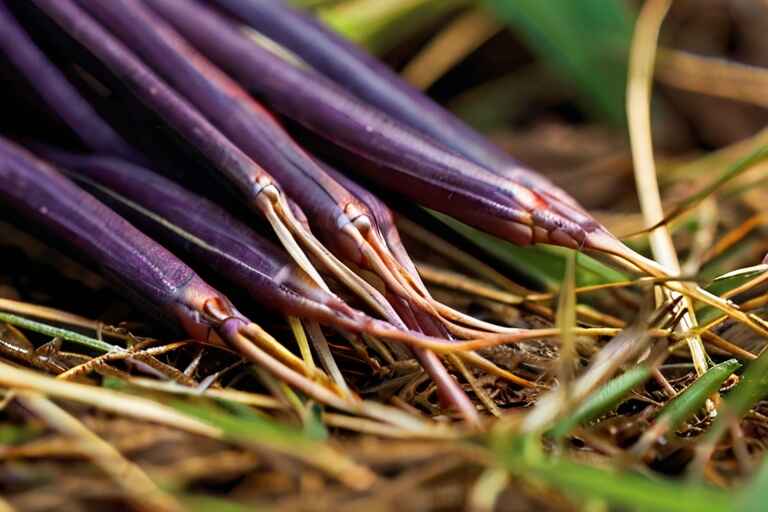
In the group of weeds resembling wheat, Purple Nutsedge is like Yellow Nutsedge. It grows lots of underground stems and looks similar to wheat. This persistent intruder creates a big challenge for keeping our landscapes beautiful.
To prevent Purple Nutsedge, take proactive steps like those for Yellow Nutsedge. It’s crucial for outdoor space integrity. Improve lawn health. Hand-pull Purple Nutsedge to curb spread and reclaim control.
13) Foxtail Barley
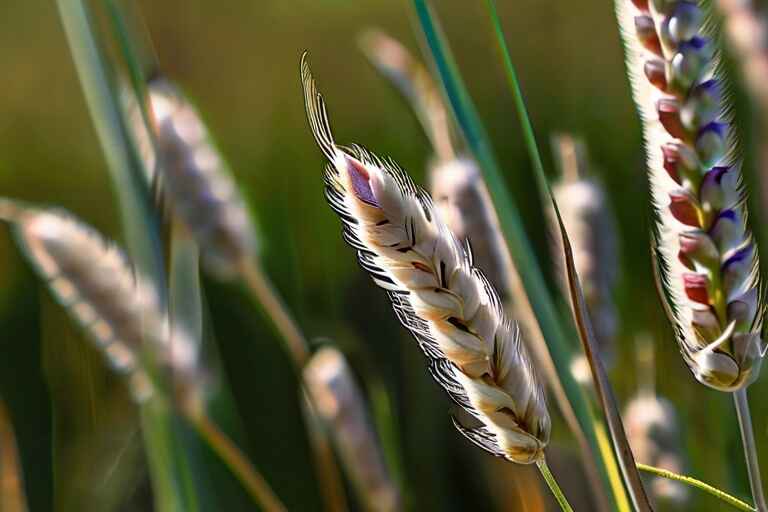
Foxtail Barley, resembling wheat, is a tough, long-lasting plant with fluffy seeds. This invader creates a big issue for the beauty of our outdoor areas. It frequently grows in lawns and gardens.
To stop Foxtail Barley from taking over, we need to act early and take control of our outdoor areas. Regularly mowing helps stop seeds from forming and prevents this invader from spreading. Diligent hand-pulling of Foxtail Barley effectively targets the weed’s source. It curtails growth and restores harmony to landscapes.
14) Indian Goosegrass
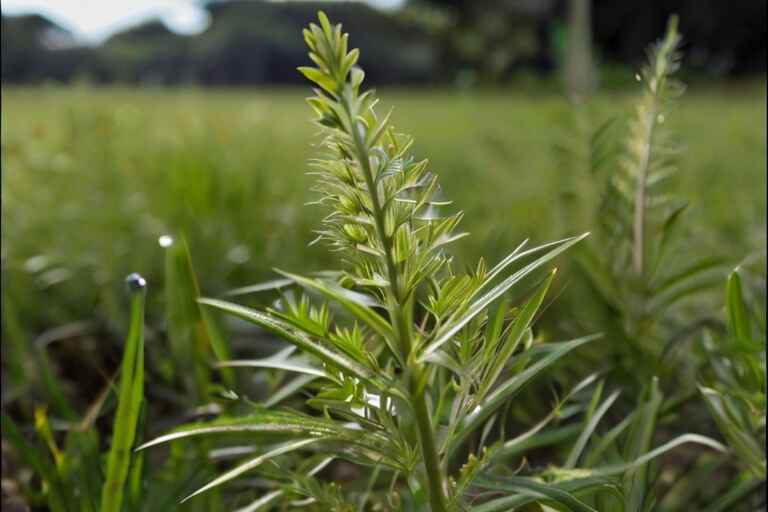
Indian Goosegrass, a weed resembling wheat, is a common invader in tropical regions. This tough weed creates a big problem for our beautiful landscapes. It often covers the green plants with its fast growth.
Proactive measures are imperative. Combat Indian Goosegrass to preserve outdoor space integrity. To protect our outdoor areas from Indian Goosegrass, it’s crucial to act early. Removing the weed at the start stops it from growing and spreading. This basic defense helps us regain control Furthermore, using herbicides helps us fight Indian Goosegrass better. This approach targets the weed’s roots and helps us regain control of our outdoor areas.
15) Orchard Grass
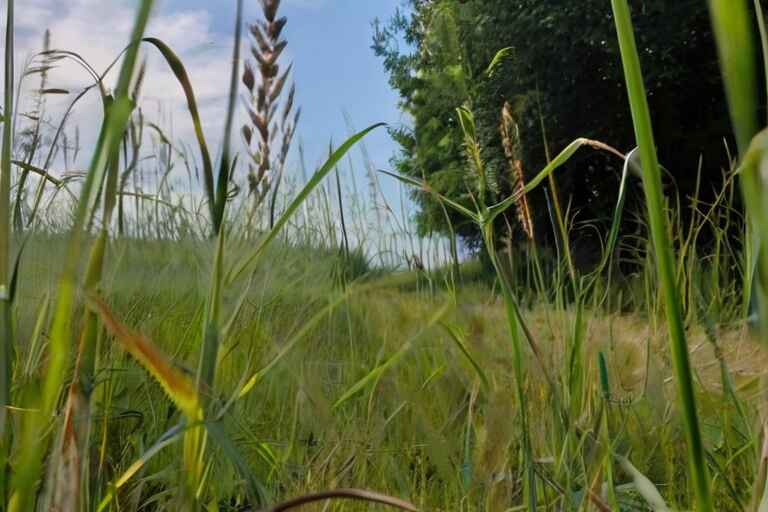
In the realm of “weeds that look like wheat,” Orchard Grass is a common intruder that looks like wheat. It spreads widely and can be invasive. This tough grass is a big issue for keeping our landscapes beautiful. It grows so fast and covers up the green plants.
Combatting Orchard Grass’ growth to protect our outdoor areas is crucial. Strategic actions are needed for safeguarding our spaces. Regular mowing helps stop Orchard Grass from spreading by serving as a key defense. Furthermore, using specific weed killers strengthens our protection. This helps to control Orchard Grass while keeping preferred plants safe.
Through the use of these management techniques and the continual monitoring of “weeds that look like wheat,” we strengthen our landscapes and guarantee that their lush beauty is not tarnished by invasive aliens.
For more articles relating to weeds, here’s a link to Companion Plant for Coral Bells that you may enjoy.
